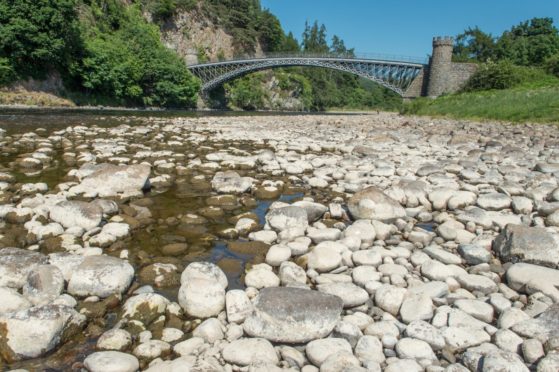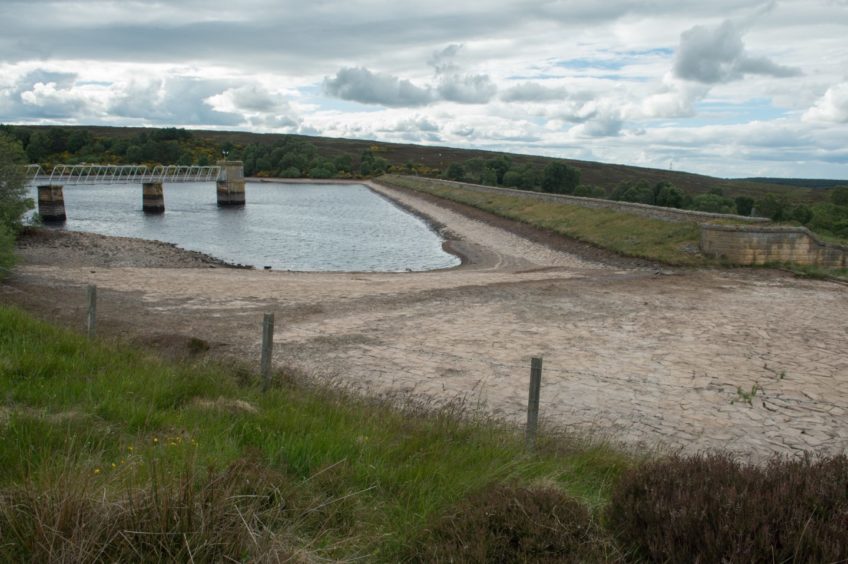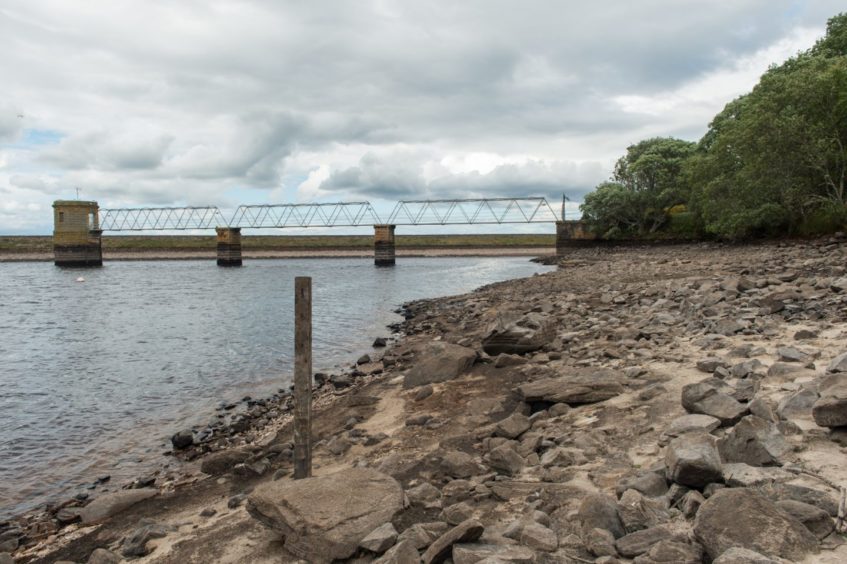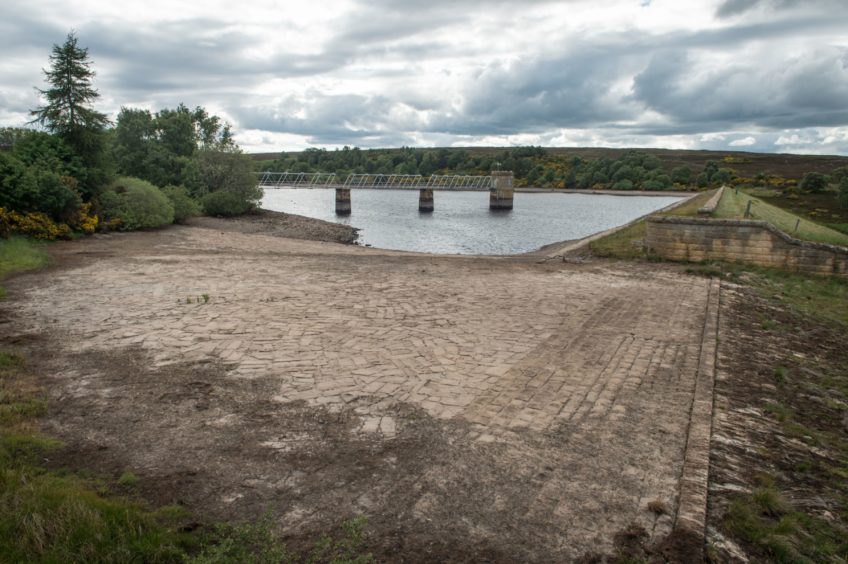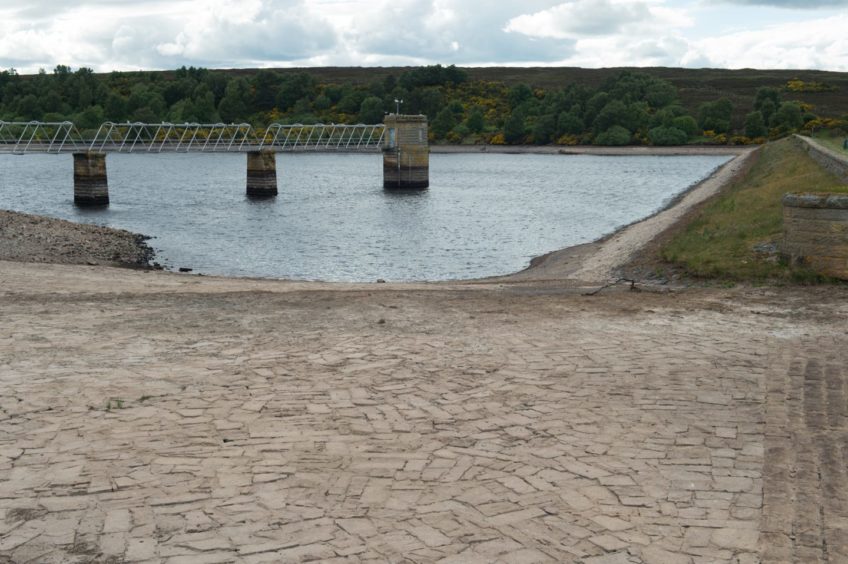Climate change research has given a stark warning that within two decades Scotland could experience a nine-fold increase in “extreme droughts”.
Aberdeenshire, Speyside, Caithness, Orkney and Shetland have all been identified as at-risk areas in the investigation undertaken by NatureScot.
The environment agency yesterday published research showing extreme droughts are likely to happen once every three years by 2040, instead of every 20 years at present.

Extreme droughts to happen more often and for longer
As well as being more common, scientists have also warned they could potentially last up to three months longer than present.
Francesca Osowska, NatureScot chief executive, said: “The findings of this innovative research are stark and demonstrate the urgency of the task before us if we are to ensure a nature-rich future for Scotland.
“Enhancing and protecting nature is a key part of the solution to the climate emergency, and by identifying areas that may be at most risk we can focus conservation efforts to increase resilience and protect ecosystems.
“We are already working to ensure that some of our most precious landscapes are more resilient to drought.
“Our Peatland Action project, for example, has put more than 25,000 hectares of peatland on the road to recovery since 2012 with funding provided by the Scottish Government.
“We will continue to focus on these kinds of nature-based solutions that are so essential in tackling the climate emergency facing us all and look forward to working with land managers, Scottish Water and Sepa in developing this work.”
The research has identified areas of Speyside stretching to the north coast of Aberdeenshire as being at risk of more extreme droughts as a result of climate change.
However, substantial geographic variation is expected across Scotland, with the Borders also expected to experience more water shortages.
The west coast of the Highlands and the Western Isles were also projected to experience changes, but are expected to remain wetter than the east.
Climate change impact of droughts already being seen
Droughts can have a severe impact on sectors including agriculture, forestry and whisky production.
The research reveals that during the long warm summer of 2018, several whisky distilleries on Speyside had to suspend production due to a water shortage.
Low levels on the River Spey also led to salmon catches dropping to an all-time low the same year with totals recovering by 60% to 5,090 in 2019.
In addition, there have been fires on the Western Isles and in Moray, during regular dry spells that have led to a number of damaging wildfires.
NatureScot has warned more extreme droughts from climate change could also have an impact on wetlands and the species that live there.
The habitats rely on frequent high water levels to support their ecosystems.
Fairlie Kirkpatrick Baird, who led the research for NatureScot, said: “When we think of extreme climate events in Scotland, we usually think of flooding and storms, but droughts are increasing here too.
“As in the drought over the summer of 2018, we are already seeing the negative impacts it can have on human and ecological environments.
“While that is concerning, it provides us with vital knowledge that can help us address the climate and biodiversity emergencies.
“By predicting which areas in Scotland may be most affected, we can start to take targeted mitigation action and try and reduce any potential damage.”
Scotland’s wet weather does not make it immune from droughts
Warnings about water shortages have been repeatedly issued across the north and north-east in recent summers with residents urged to limit usage.
David Harley, head of water and planning at Sepa, said: “We are clear that understanding the effects of climate change on water resources is vital and we welcome this report which will help manage future impacts on our biodiversity.
“It’s important work like this continues to be undertaken to further highlight the fact that, although Scotland may be famed for its wet weather, we remain at risk from drought and water scarcity due to the impact of climate change.”
